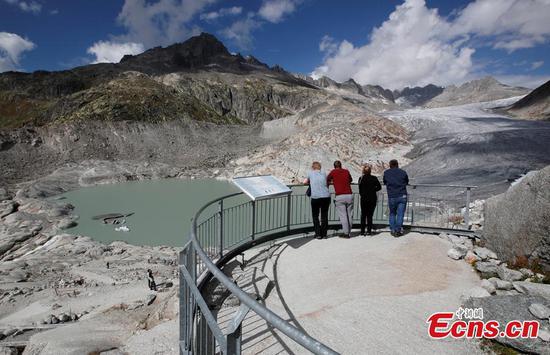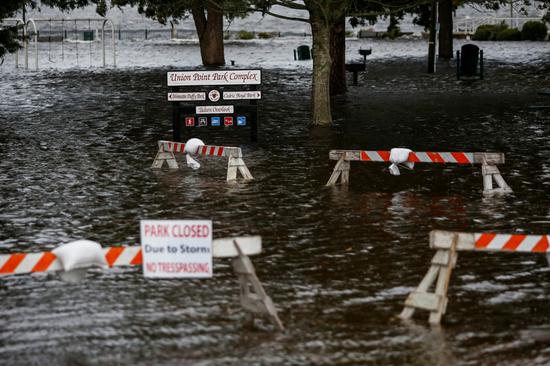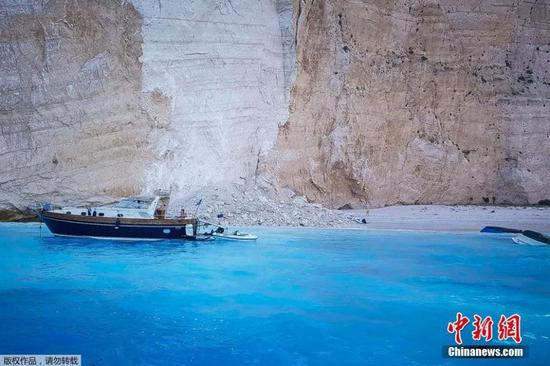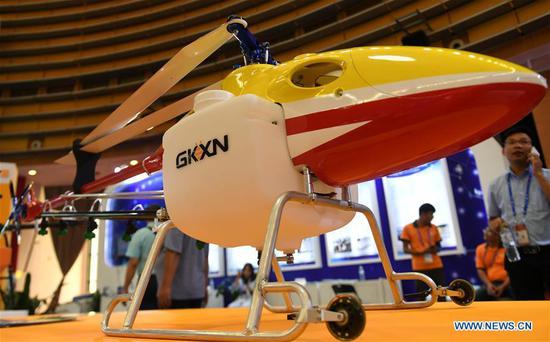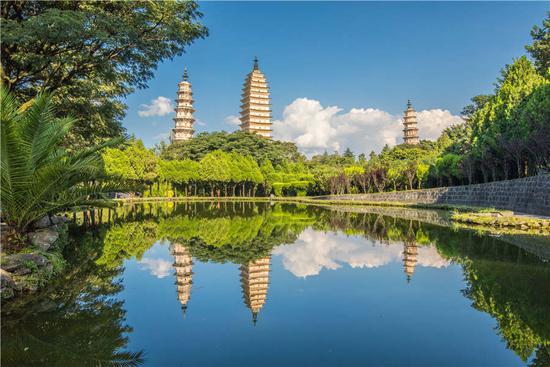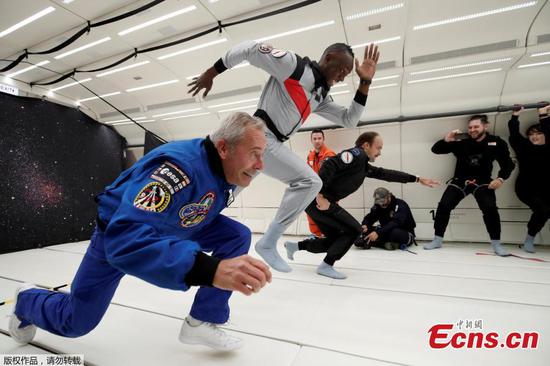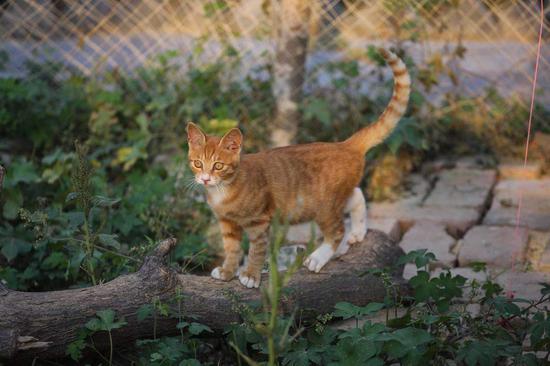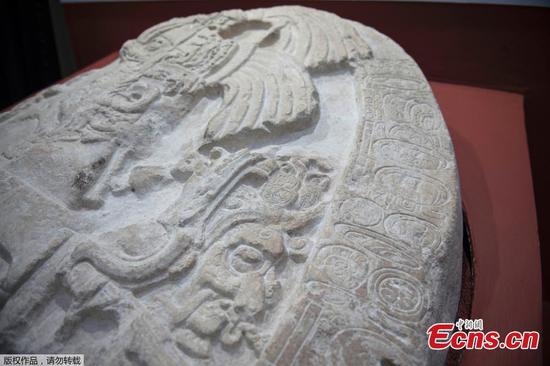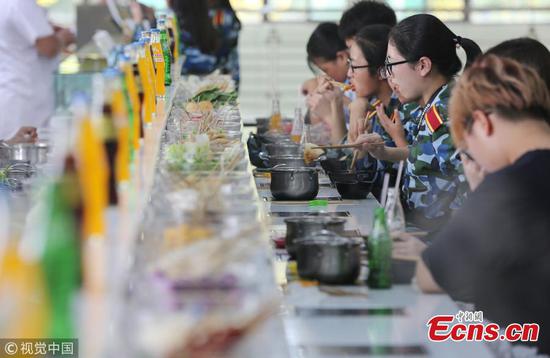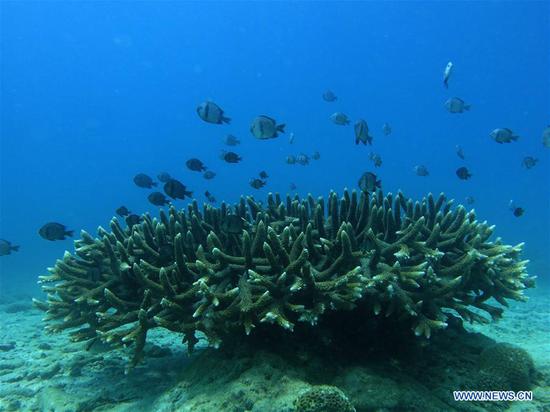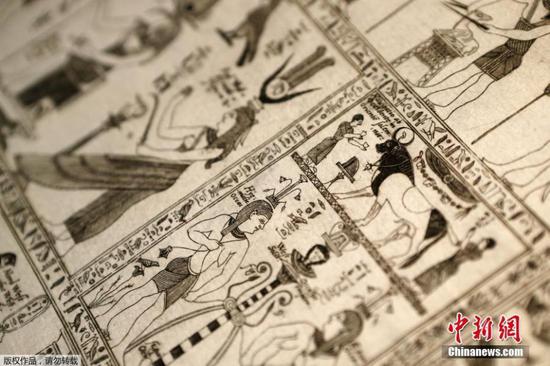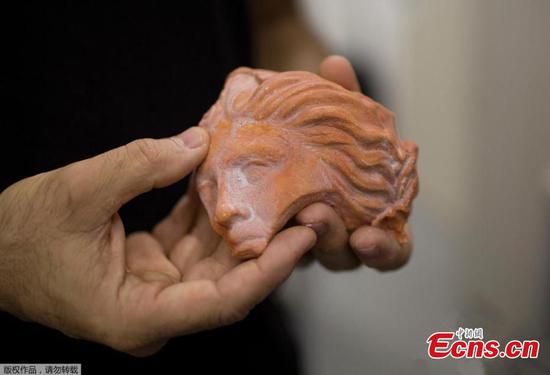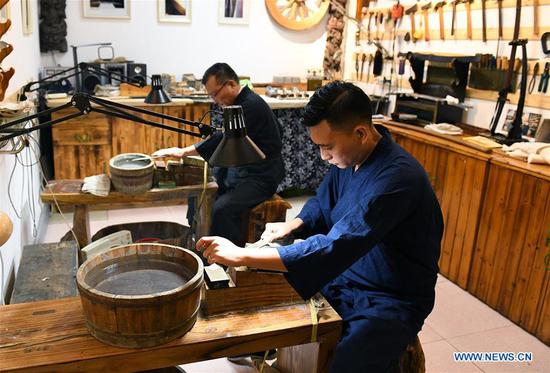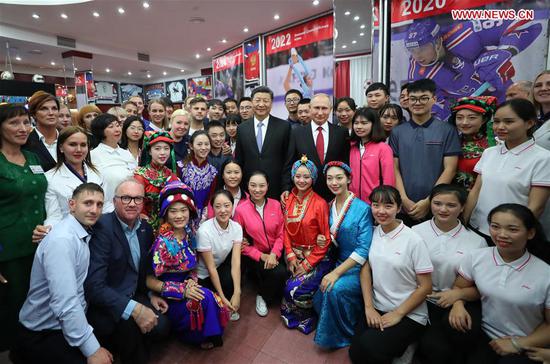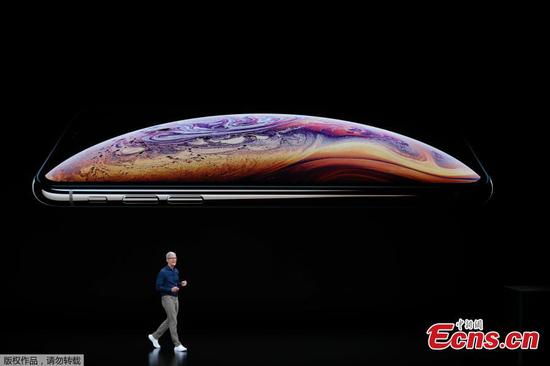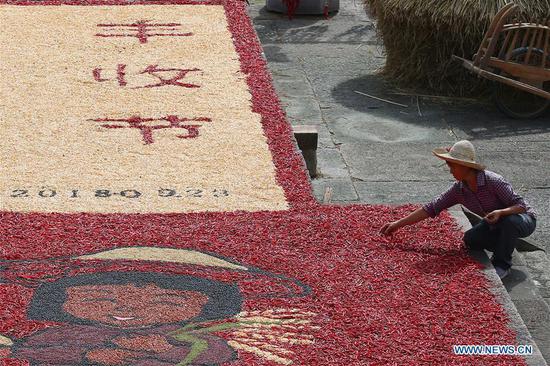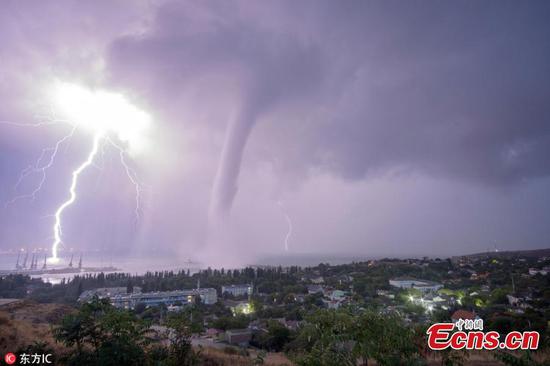Scientists in Australia have developed a ground-breaking new way to strip impurities from waste water, with the research set to have massive applications for a number of industries.
By using a new type of crystalline alloy, researchers at Edith Cowan University (ECU) are able to extract the contaminants and pollutants that often end up in water during industrial processing.
"Mining and textile production produces huge amounts of waste water that is contaminated with heavy metals and dyes," lead researcher Associate Professor Laichang Zhang from ECU's School of Engineering technology said in a statement on Friday.
Although it is already possible to treat waste water with iron powder, according to Zhang, the cost is very high.
"Firstly, using iron powder leaves you with a large amount of iron sludge that must be stored and secondly it is expensive to produce and can only be used once," he explained.
"We can produce enough crystalline alloy to treat one tonne of waste water for just 15 Australian dollars (10.8 U.S. dollars), additionally, we can reuse the crystalline alloy up to five times while still maintaining its effectiveness."
Based on his previous work with "metal glass," Zhang updated the nanotechnology to make it more effective.
"Whereas metallic glasses have a disordered atomic structure, the crystalline alloy we have developed has a more ordered atomic structure," he said.
"We produced the crystalline alloy by heating metallic glass in a specific way."
"This modifies the structure, allowing the electrons in the crystalline alloy to move more freely, thereby improving its ability to bind with dye molecules or heavy metals leaving behind usable water."
Zhang said he will continue to expand his research with industry partners to further improve the technology.














